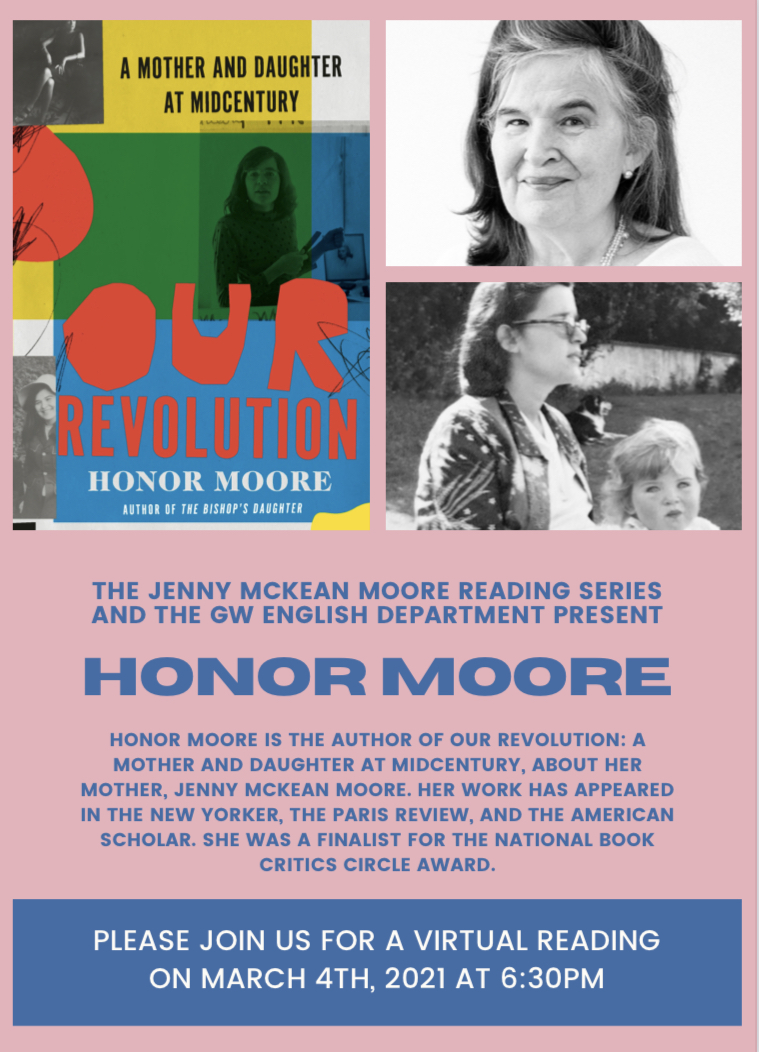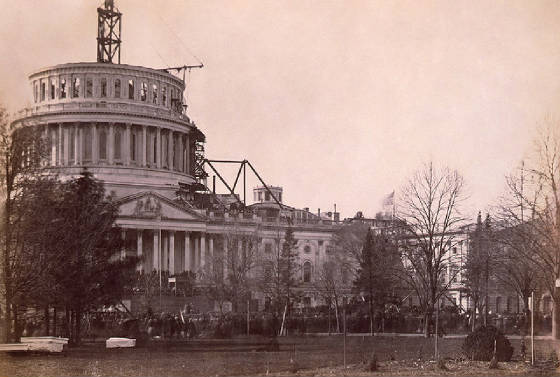Second Meeting of the Medieval and Early Modern Studies Seminar
The Medieval and Early Modern Studies Seminar was launched last month with a terrific paper by Professor Gil Harris, “The Writing on the Wall: Old Jewry and John Stow’s Urban Palimpsest.” During its initial semester the seminar will focus upon faculty work in progress, with papers circulating two weeks in advance of each meeting. The second meeting will be held on Friday, October 26th from 9-11 AM in Rome 771. Coffee and refreshments will be served. Holly Dugan will be presenting her paper entitled “Queer histories of sexual violence and the role of wonder: r(ape) in late medieval and early modern England.”
An abstract is provided below. The paper is ready for distribution. RSVP to the seminar’s rapporteur Lowell Duckert
This paper explores that which is rarely included in historiographies of
rape: tales of animal ravishment. In this article, I examine two such
examples in great detail: the late medieval romance of Alexander and its
staging of rape as a test of humanity and an early modern natural history’s
mining of this tale for ethnographic data. Both tales assume that animals
desire women and that, if given an opportunity, animals will violently act
on such desire. As such, both are tales of-and tales that inspire-wonder.
They neither serve as stable historical evidence, nor solely as literary
embellishment. Because they flout categorical distinctions, these examples
seem both monstrous and mundane. Are these accounts of rape, sodomy, or
buggery? Do such categorical distinctions matter to the logic of the tale?
What do literary tales about sex with animals have to do with sexual
practices in the period? When is a sexual act violent and when is it
pleasurable? How do feminist and queer methodologies change the answer to
this question? Finally, and perhaps most importantly, what might it mean to
examine the heteronormative structure of rape as a queer narrative effect?
Using these two examples, I theorize how Alexander’s tale of r(ape)
underscores the usefulness of wonder to understanding a queer history of
sexual violence.






